How Often to Clean Dryer Vent? – A Brief Guide
Regular dryer vent cleaning is essential to maintain optimal dryer performance and efficiency. Removing lint and debris allows dryers to operate at peak levels and avoid potential issues obstructing performance.
In addition, proper dryer vent maintenance is essential in preventing duct blockages from developing. The U.S. Fire Administration recommends cleaning the dryer vent at least once a year or more frequently if you notice that your clothes take longer to dry.
This blog will cover a brief guide on dryer vent cleaning and maintenance.
Now let’s dig into why you need to clean the dryer vents and the particular signs of when you need to clean them.
Call Us at 877-959-3534 for Chimney Service
Why Should You Clean Your Dryer Vent?
Regularly cleaning your dryer vent is essential to ensure safe and efficient operation. Not only can a clogged dryer vent increase the risk of a fire, but it can also cause your dryer to use more energy, causing an increase in energy costs.
Here are a few main reasons showing why you should clean your dryer vent regularly; have a look at them.
Reduced Clothes Drying Times
Clothes take longer to dry when the airflow is obstructed. Cleaning your dryer ducts on a regular basis can help speed up the drying process.
Dryer Vent Cleaning Can Prevent Duct Blockages
Dryer vents play a vital role in directing airflow into and out of your machine. If the airflow is blocked, it can cause serious problems with your machine’s operation.
Signs That Your Dryer Vent Needs Cleaning
If your clothes take longer than usual to dry or you notice excessive heat in the laundry room, it may indicate that your dryer vent needs cleaning.
1. Drying Time
When lint slows down the airflow in the dryer duct, it can negatively impact the efficiency of your dryer.
It may lead to longer drying times or even failure to dry clothes.
If you notice that your clothes take a long time to dry or do not dry at all, it could be a sign that your dryer vent needs to be cleaned.
2. Slow Air Flow
Homeowners should inspect dryer vents for weak airflow and may need to have the ducts cleaned if necessary. Further, homeowners can gauge the necessary level of airflow by comparing it with a clean vent.
Those with roof vents may require professional assistance; you need air and dryer vent service.
Our experts can inspect in-depth and clear out the dryer vent for proper airflow. If, after cleaning, minimal or no airflow continues to be detected, the duct may obstruct by a difficult blockage, a nest belonging to a bird, or the duct may have been disconnected from within the wall.
3. Dryer Gets Very Hot
When a dryer’s vent is clogged with lint build-up, the appliance and its drum may become uncomfortably hot to the touch. It is caused by reduced airflow, preventing heat from escaping outside.
Cleaning a dryer vent can reduce fire hazards and energy costs and extend the appliance’s lifespan; that’s why you need to hire a professional maintenance specialist to get proper maintenance for your dryer vent.
4. Burning Smell
Suppose you detect an unusual burning odor coming from your dryer. In that case, it is recommended that you turn off the appliance and get professional help to clean your dryer vent at High’s Chimney.
A lint clog within the ductwork may cause a smoldering fire. Lint is highly flammable; when it clogs a dryer vent, excess heat may ignite it.
It has been reported that dryer duct fires are common in homes, and thousands of such fires occur across the United States annually.
Regular cleaning of the dryer vent can reduce the above-shared problems and increase the efficiency of your dryer. Dryer Vent cleaning depends on various factors, including the type of dryer, the size of the vent, and your specific cleaning schedule.
Call Us at 877-959-3534 for Chimney Service
Steps For Cleaning Your Dryer Vent
High’s Chimney experts advise regular inspection and cleaning of dryer vents because it’s essential for dryer maintenance.
Lint build-up and other blockages should be checked, as they indicate that the vent requires cleaning. That’s why you must follow these simple steps for cleaning your dryer vent:
- For safety reasons, it’s essential to turn off the power of your dryers before performing any maintenance or repairs.
- To access the internal components of the dryer, begin by carefully removing the cover on the front of the dryer.
- Locate the exhaust hose near the top of the machine and remove it by pulling it straight up.
- Disconnect the duct from the dryer and remove it from the machine.
- Remove any debris from the area around the duct by sweeping or vacuuming in a circular motion. Ensure that any debris that falls into the dryer drum is replaced.
- For optimal efficiency, clean the areas where lint or other debris has accumulated on the metal duct with a solution of equal parts water and vinegar or lemon juice.
- Once the cleaning process is complete, it is important to thoroughly rinse the area and consider replacing the duct if necessary.
Hire a Professional today!
When cleaning dryer vents, the best option is to hire a professional. Professional dryer vent cleaning specialists can expertly remove all lint and dirt from all vent parts, ensuring complete cleanliness.
With their advanced knowledge and expertise, they can guarantee that the dryer vent is ready to operate. They clean the following components:
- Dryer
- Filters
- Ducts
Regular air and dryer vent cleaning services can help ensure that your dryer vents remain in optimal working condition.
Call Us at 877-959-3534 for Chimney Service
The post How Often to Clean Dryer Vent? – A Brief Guide appeared first on Highs Chimney.
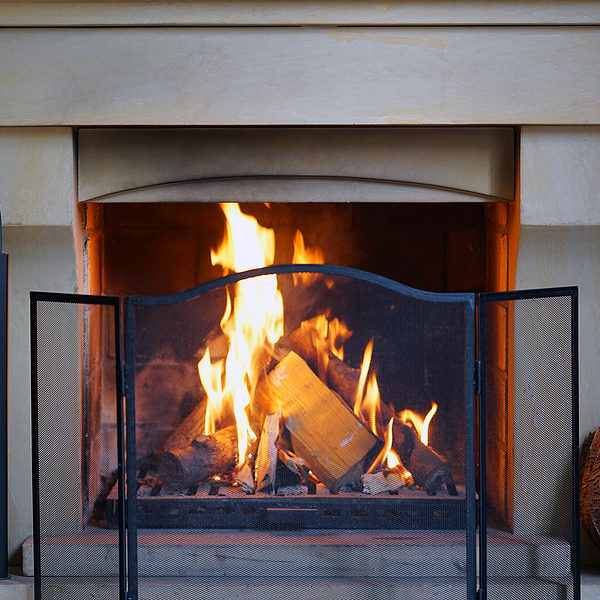 How Fireplaces & Chimneys Cause Energy Bills to Rise
How Fireplaces & Chimneys Cause Energy Bills to Rise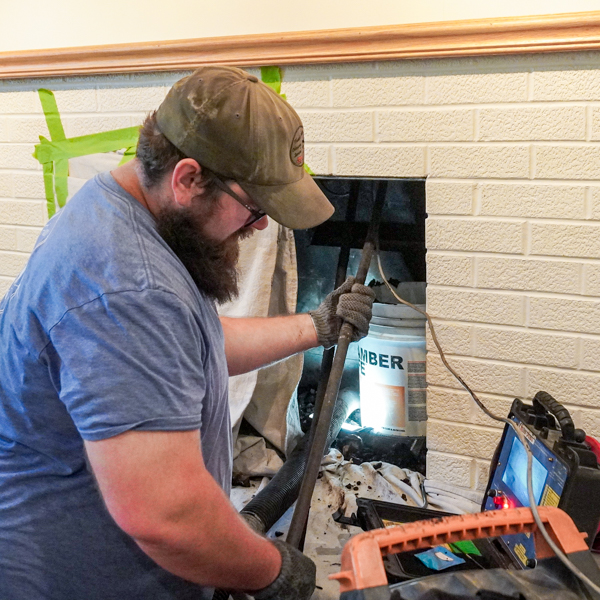
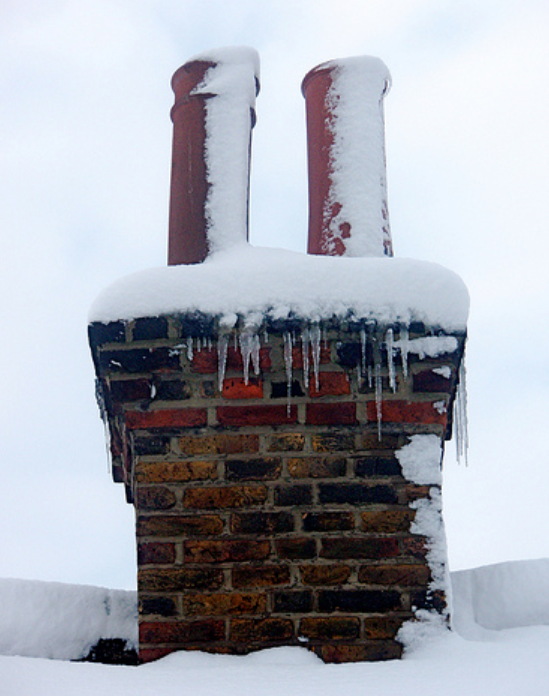

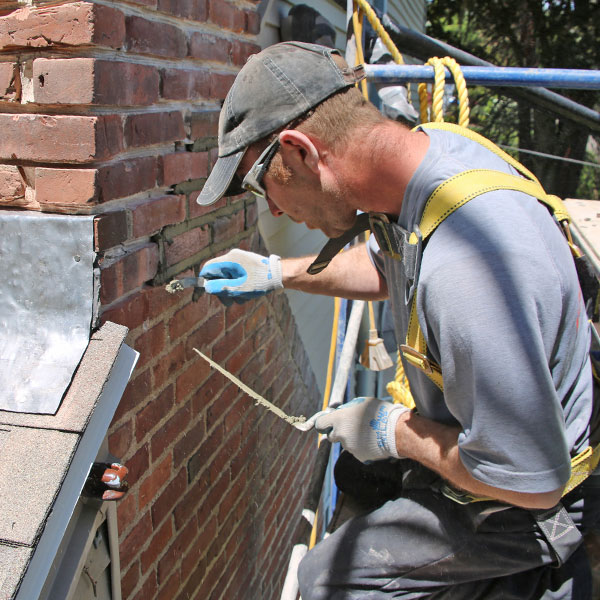 Tuckpointing
Tuckpointing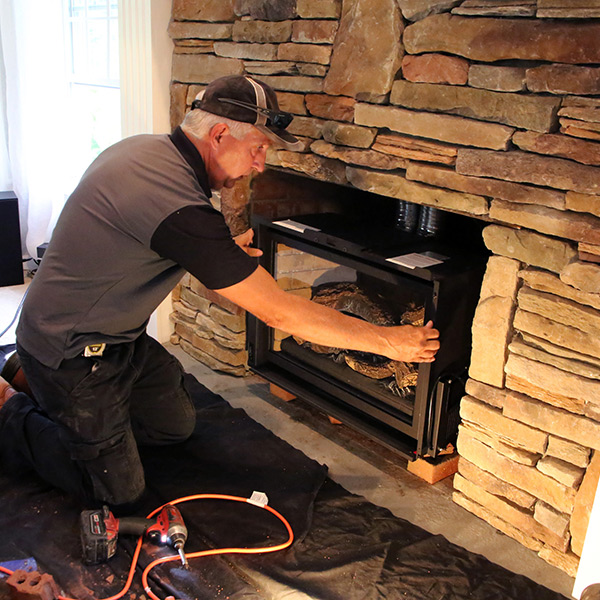
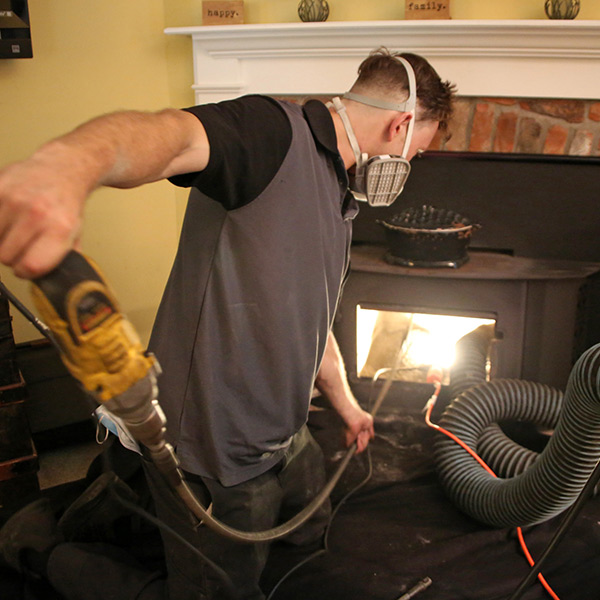 Creosote buildup
Creosote buildup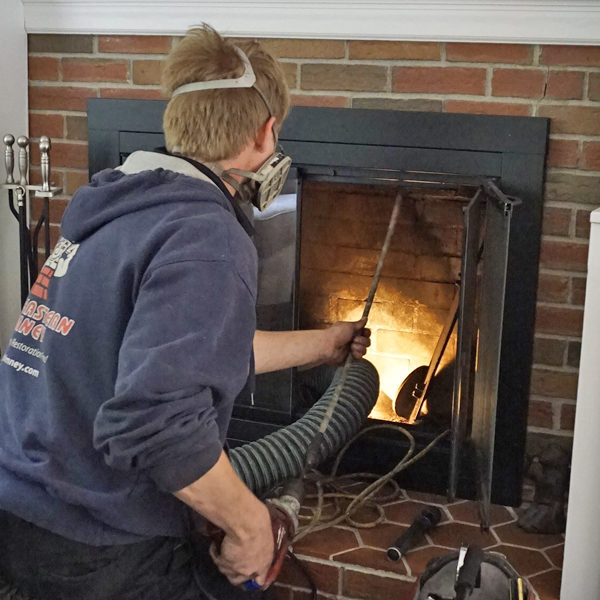 Ash
Ash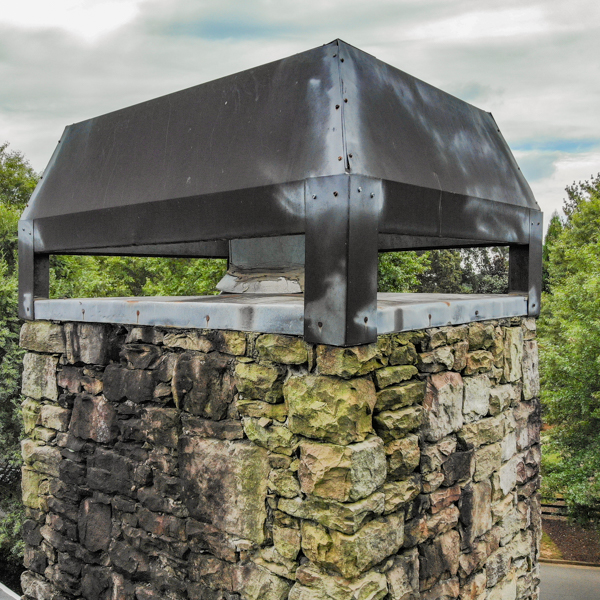 Green Stains
Green Stains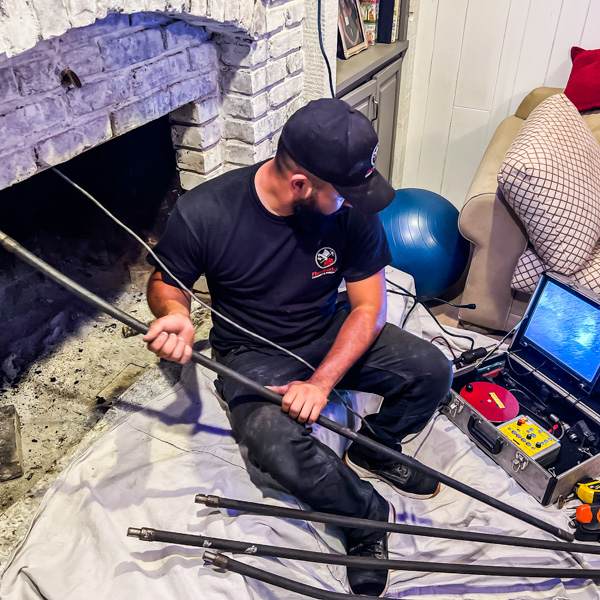 Besides scheduling a chimney inspection, it’s wise to invest in a waterproofing product since many stains are caused by moisture. Waterproofing prevents many moisture-related stains and extends the lifespan of your chimney.
Besides scheduling a chimney inspection, it’s wise to invest in a waterproofing product since many stains are caused by moisture. Waterproofing prevents many moisture-related stains and extends the lifespan of your chimney.
